From January 28 to August 30, 2026, Palazzo Besta in Teglio (Sondrio), Valtellina, will host the exhibition VETTE. Stories of sports and mountains, curated by Rosario Maria Anzalone and Silvia Anna Biagi based on an idea by Sergio Campagnolo. The initiative, supported by the Region of Lombardy and realized in collaboration with the National Mountain Museum “Duca degli Abruzzi” in Turin and the Regional Directorate National Museums Veneto - National Museum Collezione Salce, is part of the official program of the Cultural Olympiad Milan Cortina 2026, underlining the presence of a cultural gaze even in the Olympic celebrations. The exhibition will take place in the Renaissance spaces of Palazzo Besta, articulating between interior and exterior areas. The exhibition aims to analyze the relationship between the Alpine landscape, winter sports and cultural traditions, putting Lombardy and Veneto in dialogue. In parallel, at the Museo Nazionale Collezione Salce in Treviso, the exhibition Un magico inverno. White Emotions from the Salce Collection, dedicated to the birth of winter imagery through historical posters, photographs, advertising graphics and period materials. The two venues form a single narrative in two chapters, connecting the pioneering experiences to the spread of sports tourism, investigating the transformations in daily life and the impact on the mountain landscape.
“We are delighted to be able to host such a large and shared project at Palazzo Besta, and deeply grateful for the institutional support that made it possible, starting with the Lombardy Region, the Veneto National Museums Regional Directorate, the National Mountain Museum of Turin and the Milan Cortina Foundation,” says Rosario Maria Anzalone, Lombardy National Museums Regional Director and co-curator of the exhibition. “An initiative that shows, should the need arise, that museums are living places, capable of welcoming themes seemingly far from their historical-artistic matrix and of dialoguing with different audiences, expanding their ability to interpret the present. Mountains and sports are themes that I am passionate about and that we consider fundamental in telling the story of our territory, its identity and its ability to look to the future with awareness and responsibility.”
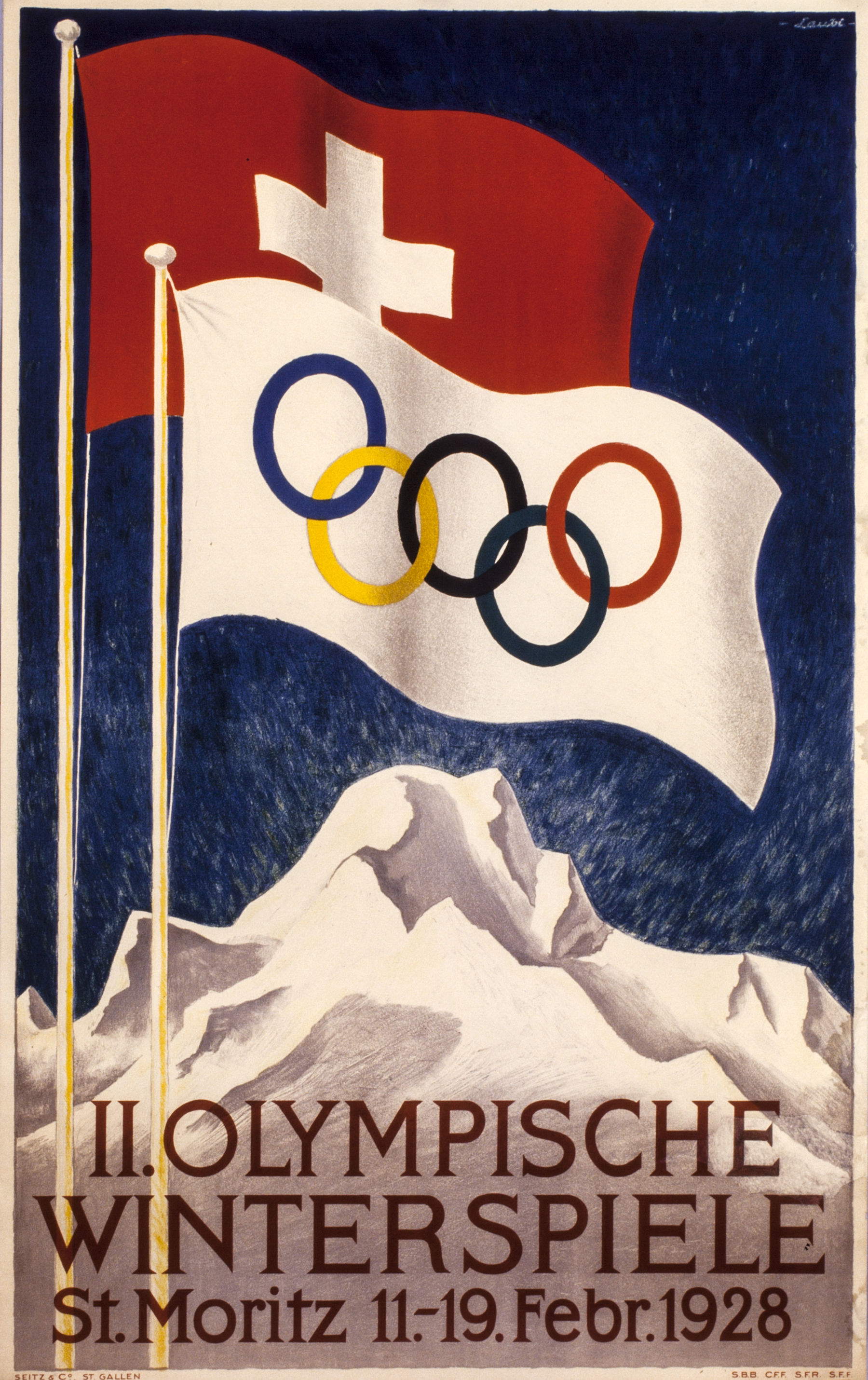
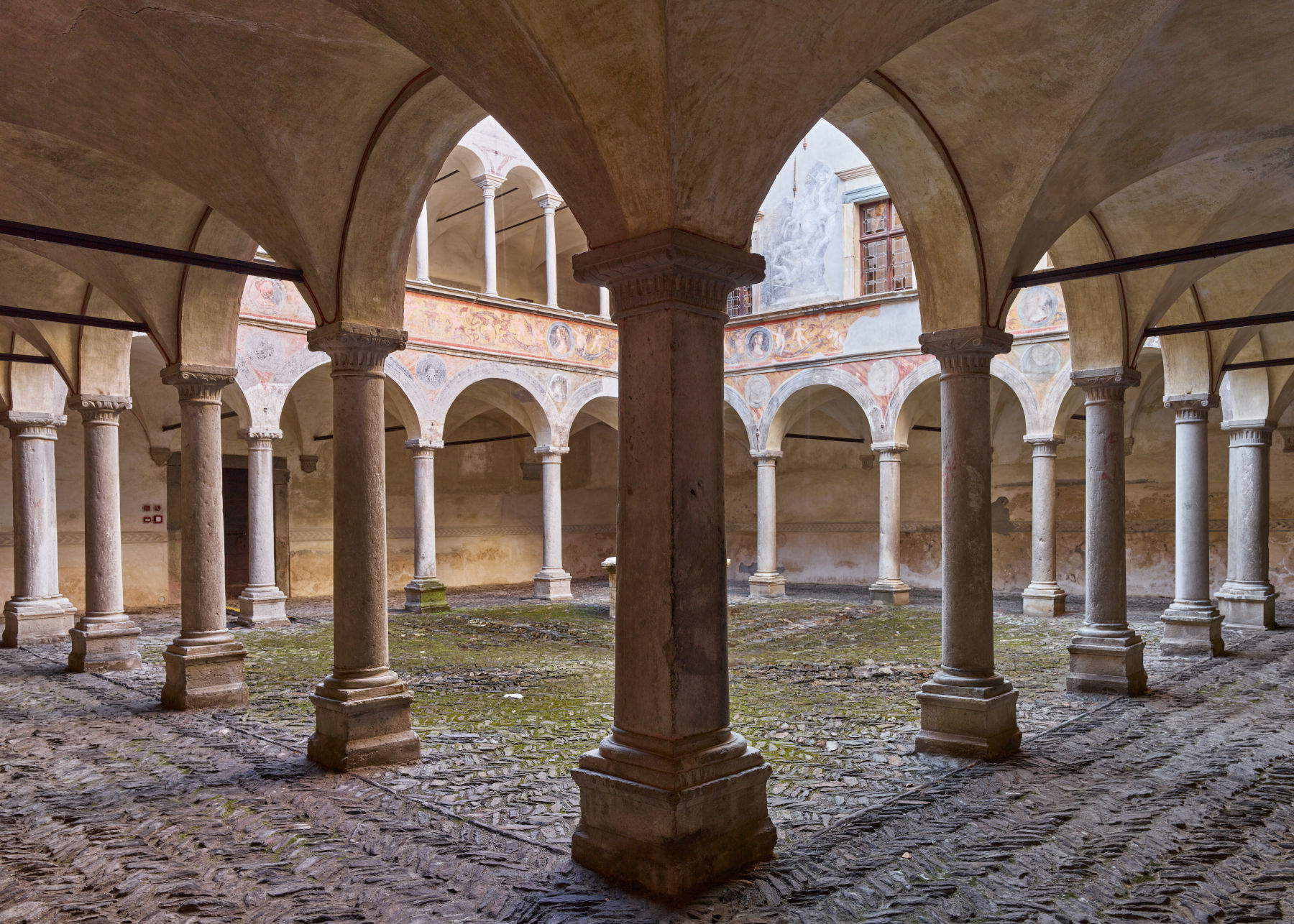
“This exhibition,” comments Francesca Caruso, Lombardy Region Councillor for Culture, “represents a valuable piece of the Cultural Olympiad because it unites strong identities of Lombardy: mountains, culture and sport. Bringing a project of this magnitude to Palazzo Besta means giving value to territories, Alpine communities and their history. It is a tale that speaks of roots, challenges and changes, but above all of a mountain that continues to be a living cultural heritage. The collaboration with the Veneto region and the Mountain Museum in Turin proves, once again, that when institutions work together they can build solid, recognizable cultural paths that speak to today’s public.”
The Palazzo Besta itinerary is structured around three main thematic nuclei. The first concerns the history of the Winter Olympics and Paralympics, from the first edition in Chamonix 1924 to Milan Cortina 2026. The section brings together memorabilia, posters, Olympic flashlights, historical equipment, photographs and documents from national and international institutions. In particular, the collections of the National Mountain Museum in Turin, Italy, related to the Turin 2006 Games make a key contribution. Alongside the symbolic figures of the Games, the exhibition documents the host communities and the values that characterized a century of modern winter sports. The second core highlights the role of women in Alpine sports and society. The story of female Olympic and Paralympic athletes, their victories and the challenges they faced, is juxtaposed with everyday objects and women’s tools of the past century. Consistent with the history of the Besta family, the section highlights the changing outlook and customs in the Alpine valleys over the past sixty years, without giving in to nostalgia or excessive enthusiasm, but offering a concrete and documented picture.
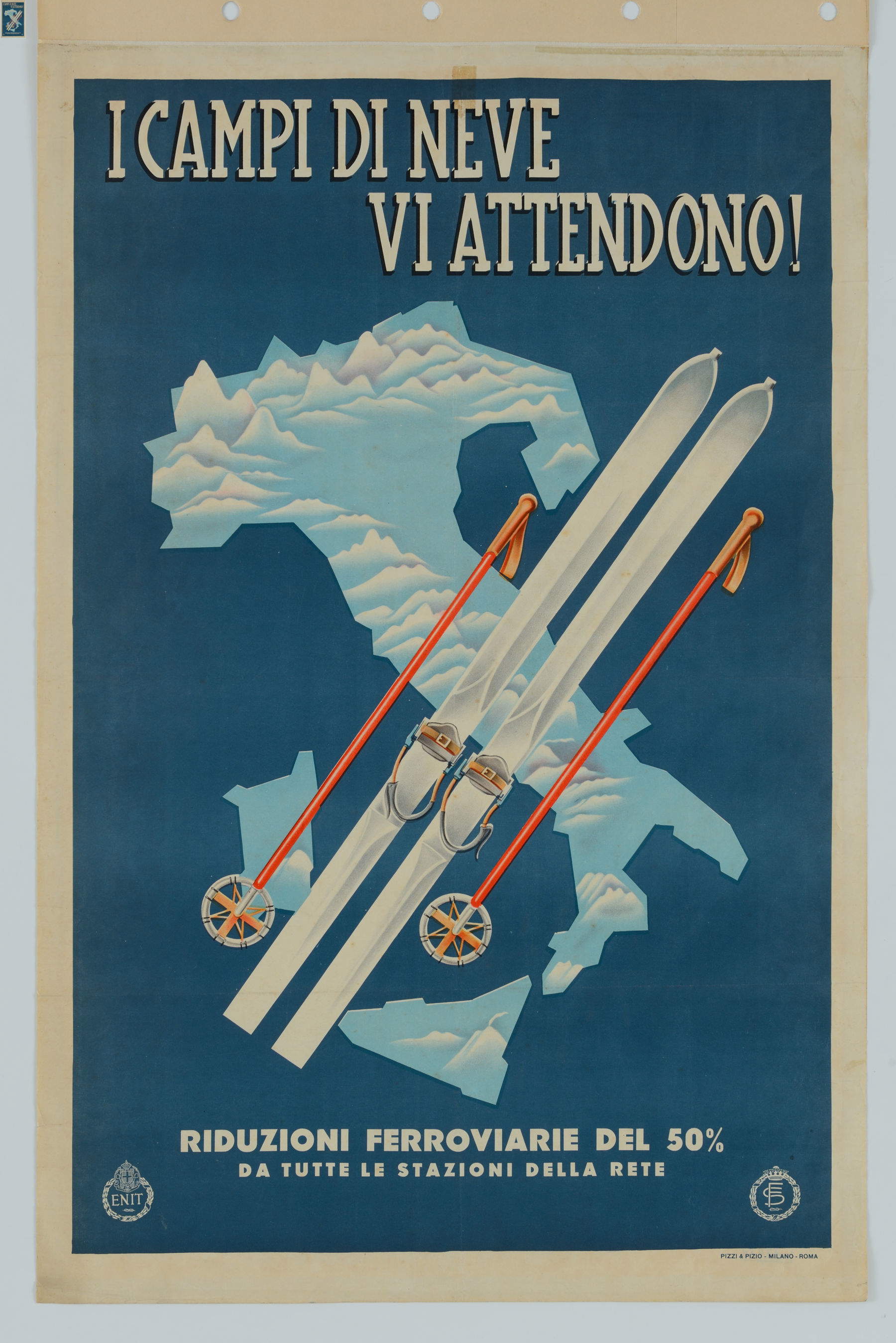
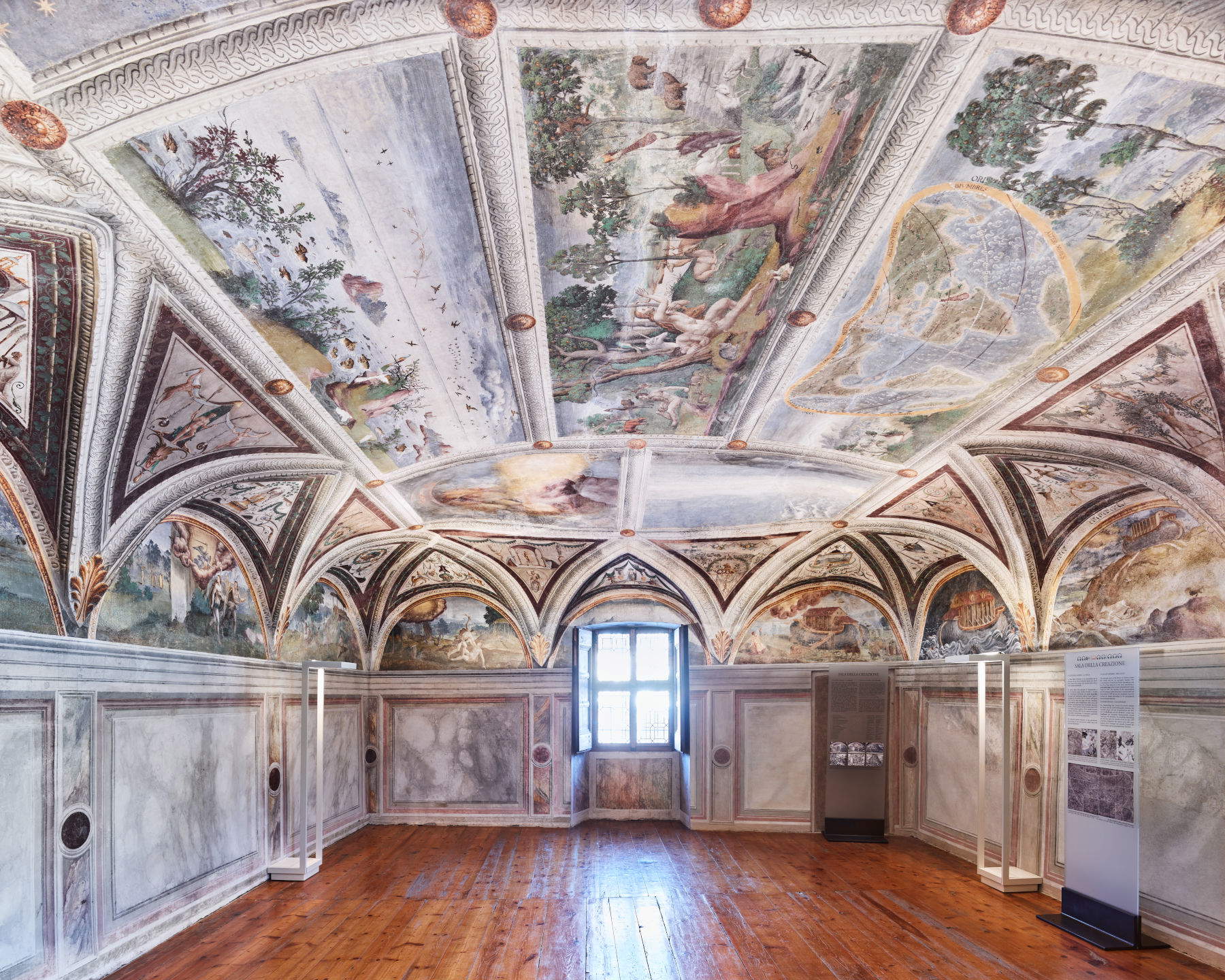
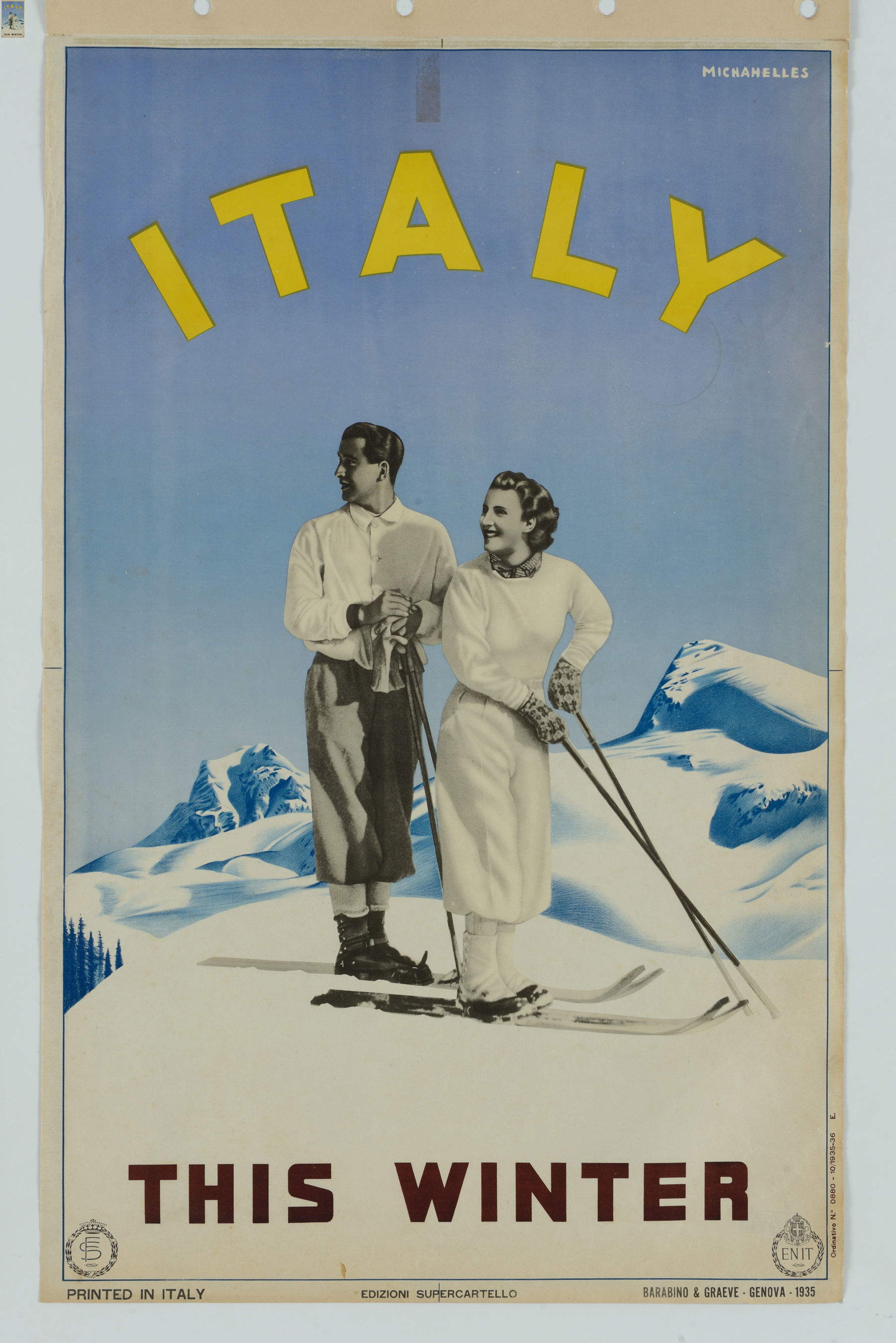
The third nucleus concerns the transformation of the mountains and winter sports, from a peasant environment to a modern, tourist and sports territory. Through photographs, ethnographic objects and local testimonies, the exhibition restores the metamorphosis of Valtellina and the Alps, from pristine landscapes to ski infrastructure. The section stimulates reflections on the relationship between man and the environment, development and sustainability of mountain communities. The itinerary concludes in the garden of Palazzo Besta with a site-specific installation curated by Michele Tavola, created by Valtellina artists Luca Conca and Vincenzo Martegani, with diptychs of photographs and paintings in dialogue with each other.
In addition to the exhibition itinerary, VETTE includes a public program consisting of meetings with Olympic and Paralympic athletes, scholars, journalists and mountain writers. Educational activities for schools and families, guided tours and talks dedicated to sustainability, alpine transformations and the future of winter sports are planned. The exhibition is part of an interregional collaboration network involving the Lombardy Region, National Museums Lombardy Regional Directorate, National Museums Veneto Regional Directorate, National Mountain Museum of Turin, Milan Cortina 2026 Foundation and the International Olympic Committee. The initiative enhances the territorial dimension through the involvement of local authorities, associations and cultural institutions in Valtellina, helping to build a lasting cultural legacy for the valley. The exhibition thus provides an opportunity to analyze the history of winter sports, the transformations of Alpine communities and the relationship between man and the environment, offering tools for reflection on sports culture, valley identity and future prospects.
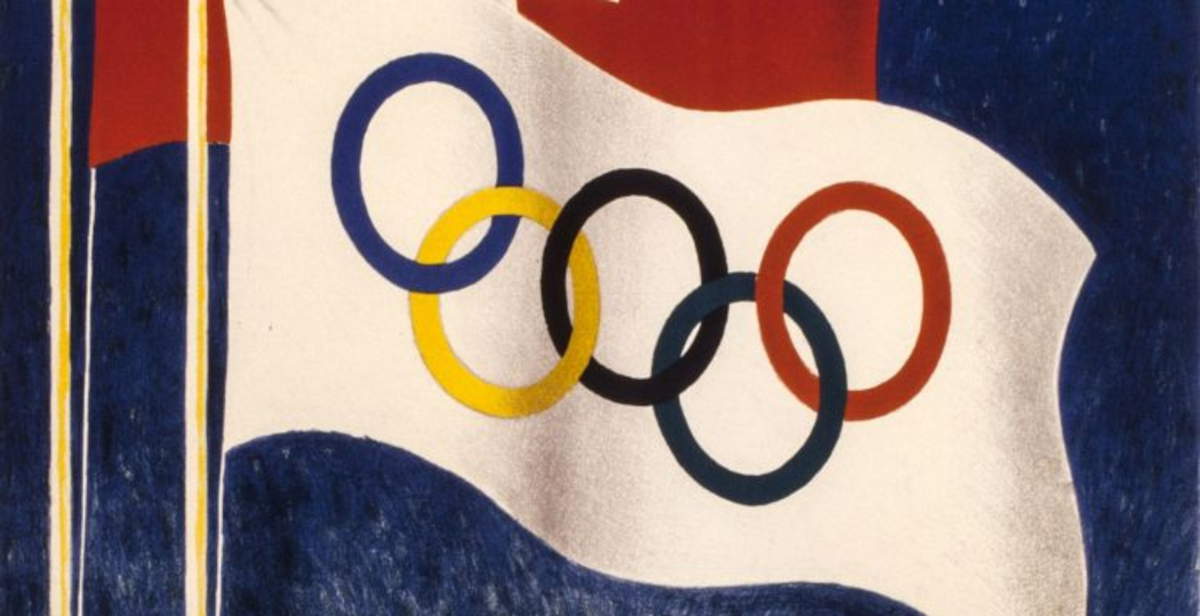 |
| Vette: sport and mountains told at Palazzo Besta |
Warning: the translation into English of the original Italian article was created using automatic tools. We undertake to review all articles, but we do not guarantee the total absence of inaccuracies in the translation due to the program. You can find the original by clicking on the ITA button. If you find any mistake,please contact us.